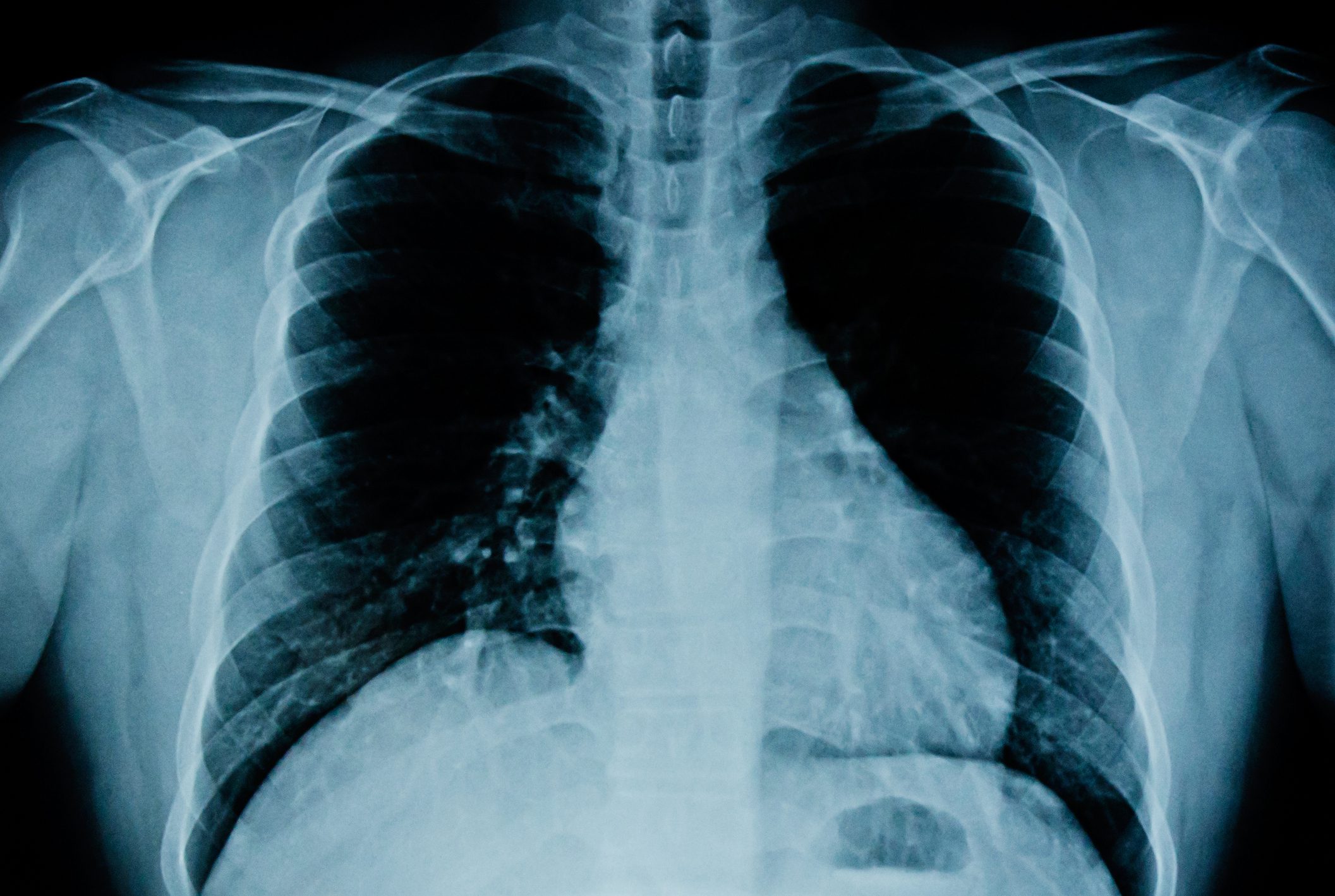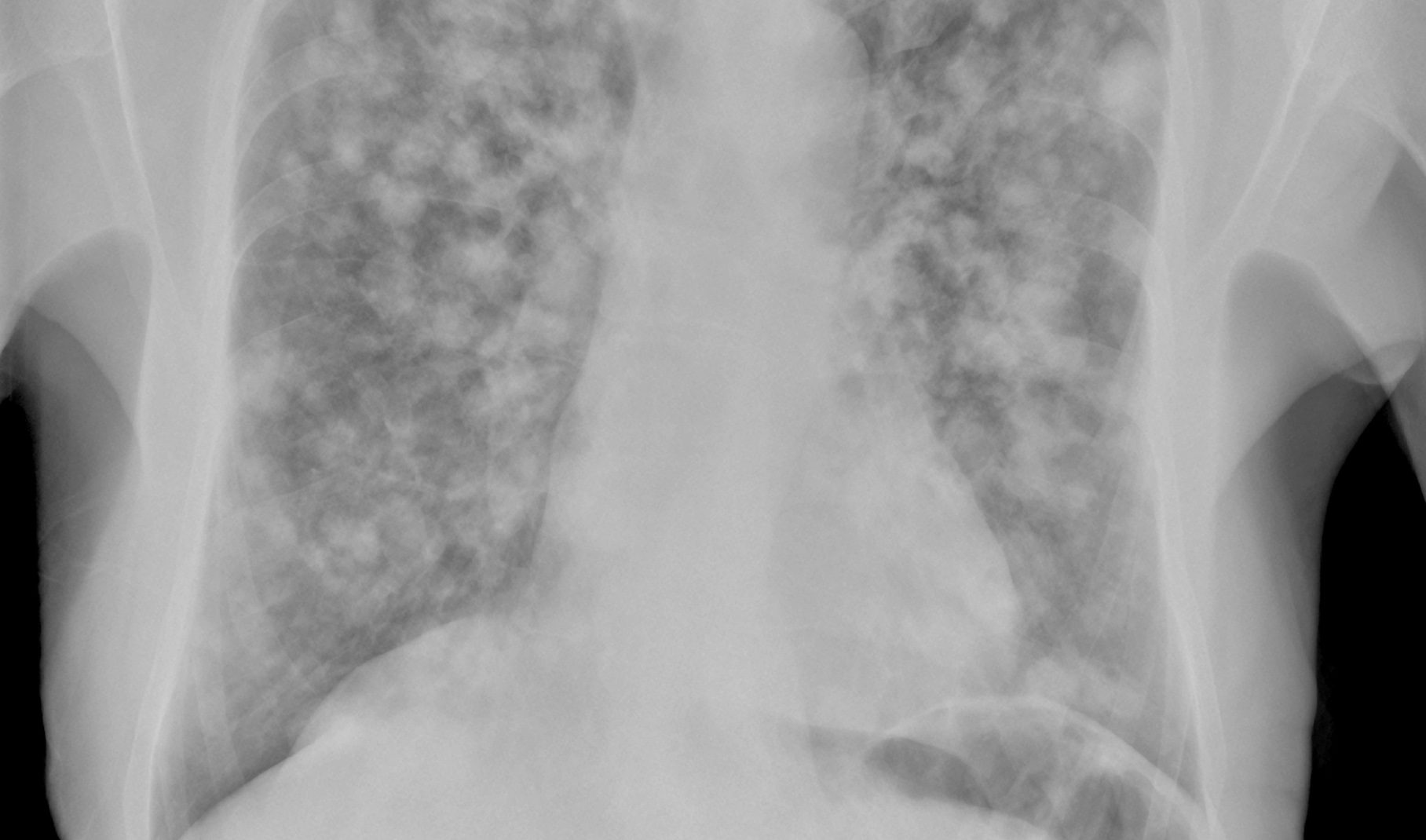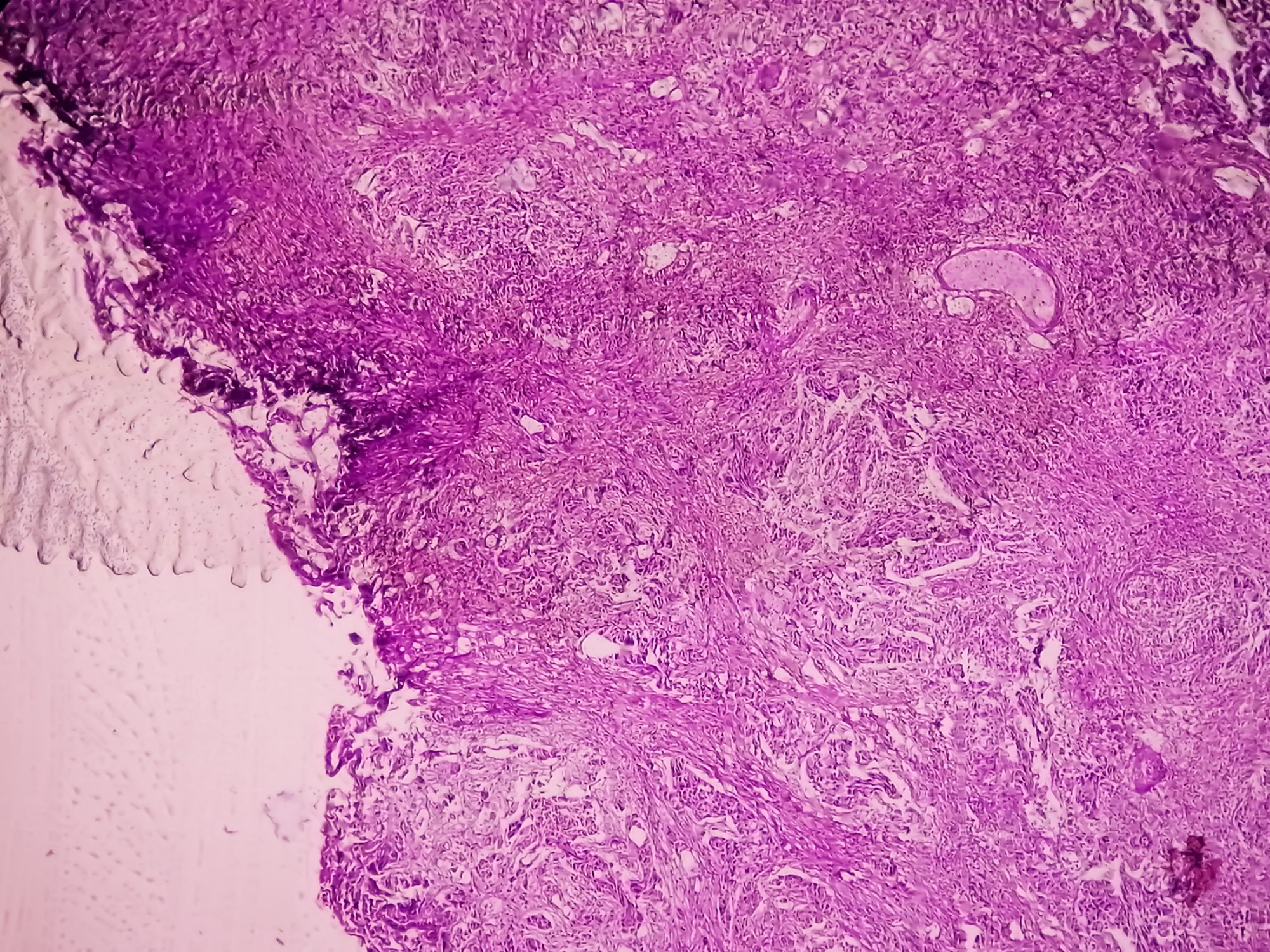Microbes have a great importance in the development of asthma. A transfer from the environment to the nasal mucosa takes place. There, interaction with the immune system at the mucosa most likely occurs.
This can be studied particularly well with the so-called farmer-child effect, because the cardient in the exposure to microorganisms is very high there. A team led by Professor Dr. Markus Ege of the Children’s Hospital and Pediatric Polyclinic at Dr. von Hauner’s Children’s Hospital of the University of Munich studied microbial taxa in mattress dust. Mattress dust because these dusts are relatively good at representing the environmental exposure of individual children. Using culture methods, the scientists took a closer look at the abundance of fungi in microbes in farm children and in their classmates. The result showed that germs such as Cladosporium, Aspergillus versicolor, and Eurotium amstelodami were consistently more common among the farm children.
The conclusion that diversity could play a role here was therefore obvious. Prof. Ege and his team then also associated the diversity of microbial exposure with asthma risk: the more different germs present, the lower the asthma risk. This was true whether the children lived on a farm or not.
The question then naturally arose as to how microbial exposure works and how does it go from this environment with microbes to asthma or protection from asthma? On an epidemiological scale, it is not possible to study this aspect in the lungs; instead, swabs were taken from the nasal or pharyngeal cavities. Pooled parallel-sequenced results based on 16s rRNA from the matzo scratch dusts were compared with nasal swabs from the same children. Approximately the same proportions were observed for streptococci, staphylococci and corynebacteria, but also clear differences, e.g. for Moraxella, which occupied a larger space in the nasal swabs, and Haemophilus.
Farmer children with higher diversity
Prof. Ege emphasized the difficulty of studying such a variety of none, so this was worked out on the basis of diversity, richness: “We could see that the farmer children again have a higher diversity on average and that they have a greater difference between mattress dust and nasal dust. So we can say there is a transfer from mattress dust to nasal swabs.”
But what about an association with asthma? The experts associated the bacterial diversity of mattress dust with asthma and were able to detect a significant protective effect (odds ratio, OR <1). This effect persisted when adjusting for other farm exposures, as well as when adjusting against richness in the nose. In the nose it looked very similar, but the effects there were weaker and thus not significant. However, they showed the same tendency as the mattress dust effects.
Now the question that followed was, is it just diversity or are there specific microbes that play a role here? Prof. Ege took the Moraxella as an example for this. There were various correlations in both farmer and nonfarmer children, so the more Moraxella present in the nasal swab, the lower the diversity. Or the other way around: the higher the diversity, the less Moraxella catarrhalis.
The scientists were thus able to show that a transfer of microbes from the environment into the nasal mucosa takes place and that there is very likely an interaction with the immune system at the mucosa. As a result, they also looked at the bowel.
Breastfeeding promotes asthma protection
First, Prof. Ege’s team observed the composition of the gut microbiome at two months of age, since colonization of the gut begins immediately at birth. Principal component analysis revealed that the third principal component (associated with probability of asthma) revealed a significant reduction in asthma risk with increasing loading of this principal component. Thus, children who have high scores on this principal component are protected from later asthma (OR=0.68 [0,48–0,96]; p=0.031). They have identified two factors that influence this gut microbiome: breastfeeding, which favors the main component, and sectio, which is divers associated. Thus, breastfeeding promotes microbiome composition that is asthma-protective (OR=1.32 [0.69; 1.96]; p=<0.0001), whereas sectio inhibits composition (OR = -1.34 [-1.97; -0.71]; p=<0.0001).
Prof. Ege referred to a paper that investigated how the gut microbiome develops in children during the first three years of life. It was seen that the most happens in the first year of life. After that, the picture seems to slowly stabilize. When comparing the gut microbiome in children at 2 months vs 12 months of age, we see a decrease in Bifidobacteria, increases in Ruminococcacus and Blautia, and a decrease in Escherichia (Fig. 1).

From these data, the scientists calculated a score representing the maturation of the microbiome. This maturation is inversely associated with asthma, it significantly inhibits the risk of asthma. This predominantly affects non-atopic asthma, whereas atopic asthma is not related to maturation.
As the gut microbiome matures, its diversity also increases. However, the first principal component is significantly correlated with microbial age. This component explains most of the variance in the data set. Therefore, it is of course of interest to know which germs are associated with it, which determines the maturation. The result: antibiotics in the first year of life have a negative effect, whereas eggs and cow’s milk directly from the farm have a positive effect (Tab. 1).

Therefore, the obvious question is whether the farm effect is mediated by the gut microbiome, or what is the part of the gut microbiome in the farm effect on asthma. “We took barn exposure as the determinant of the farm effect and asthma and nonatopic asthma as the outcome,” Prof. Ege explained. “And if we include as a mediator the maturation, that is, the microbial age of the gut microbiome, then we see that the effect weakens” (Table 2).

Prof. Ege emphasized: “14 or 16% are already a lot, because after the first year of life much more happens with the farm effect on asthma, the asthma is finally not fixed with it. It’s quite amazing that in the first year of life so much is already explained via the gut axis regarding this environmental effect.”
Summary
- There is a transfer of environmental microbes to the mucosa. Here (presumably) an interaction takes place.
- Maturation of the gut microbiome and also environmental influences on the gut via the gut microbiome act to prevent asthma.
Source: 60th Congress DGP
InFo PNEUMOLOGY & ALLERGOLOGY 2019; 1(1): 28-29 (published 6/3/19, ahead of print).
FAMILY PRACTICE 2019; 14(9): 30-31












